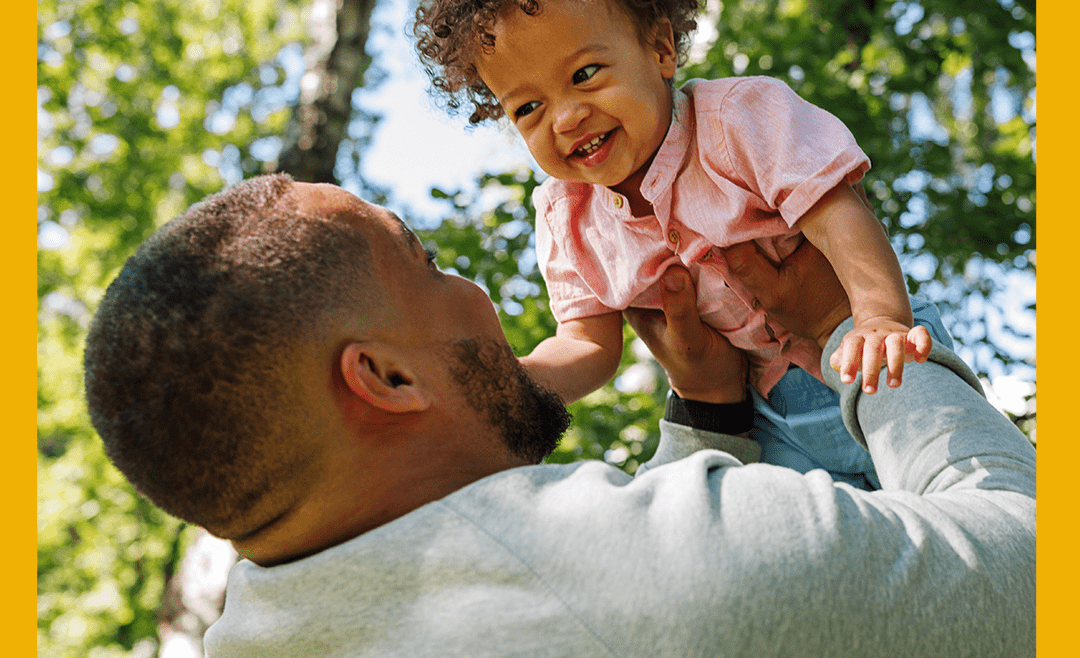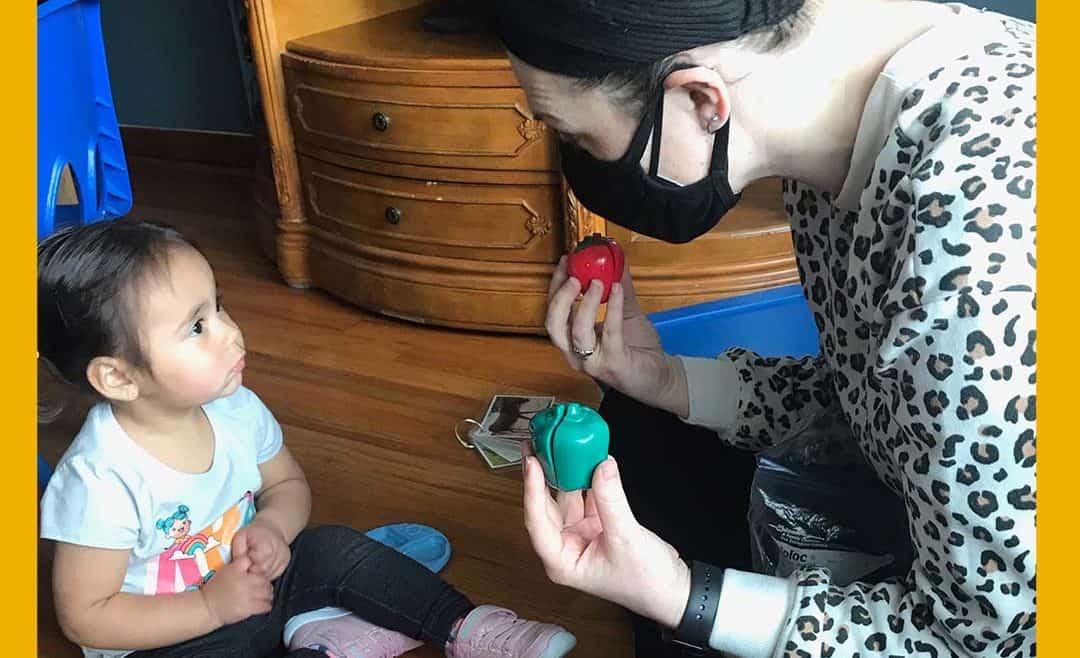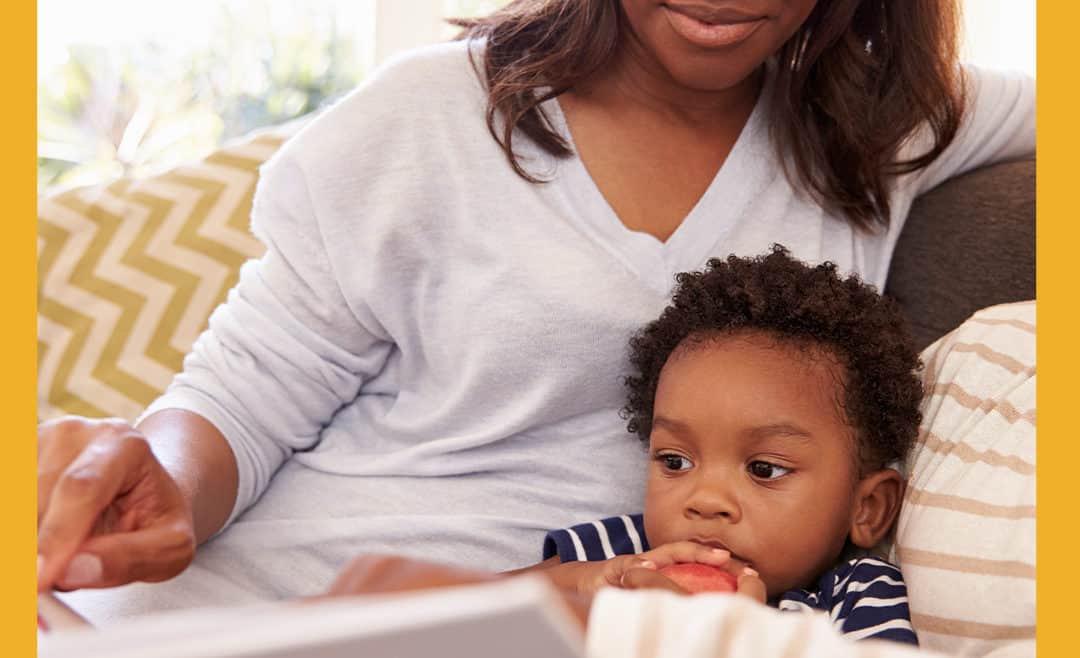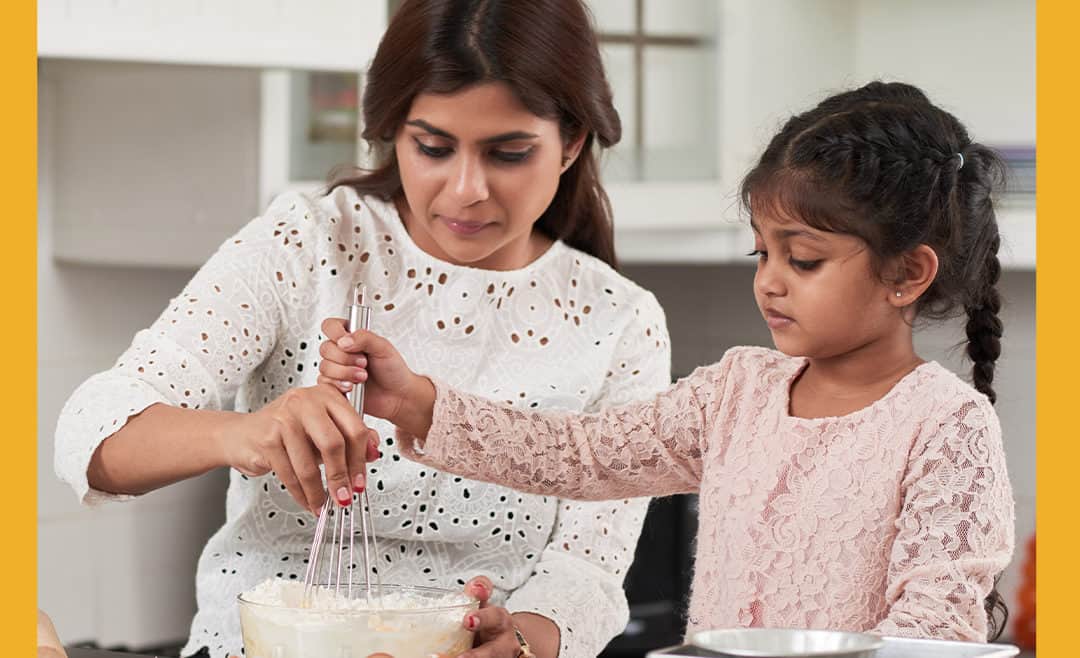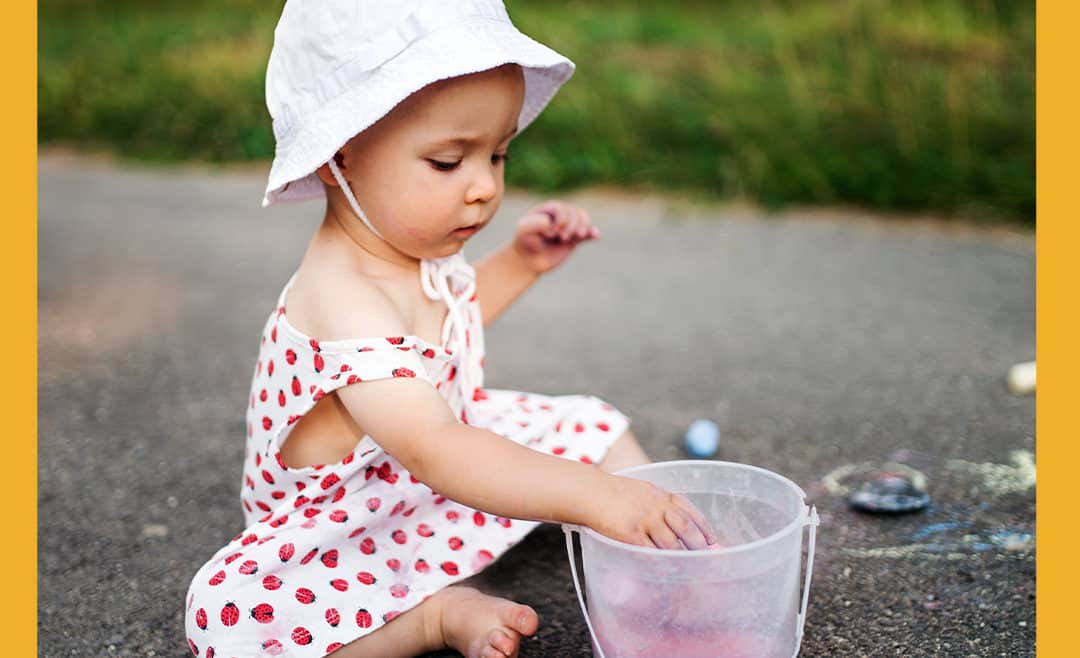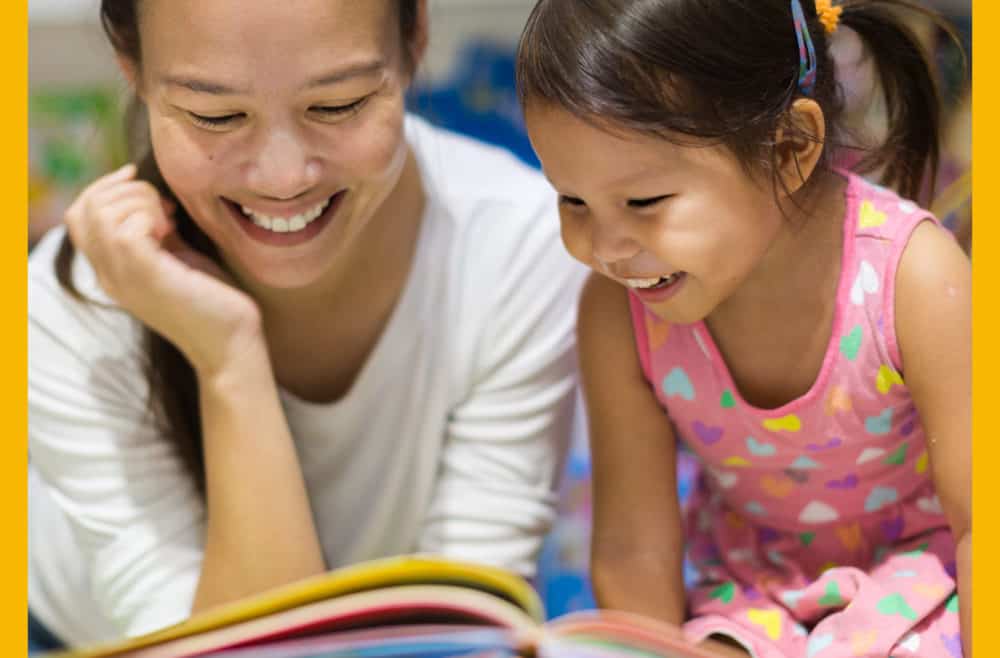May is National Speech-Language-Hearing Month, and it’s the perfect time to highlight the importance of speech and communication—especially for young children. Communication is the foundation of everything we do, and there are plenty of ways that you can work on your child’s speech and language development at home. To help get you started, we wanted to share some activities that will help your kiddos with their speech, all while giving you the chance to spend time together as a family. From creating a story to playing with hand puppets and more, here are 3 of our top picks.
1. Create a Story: This first activity lets your child use their imagination while building important language skills. As your child comes up with their very own story, they will have to describe where it takes place, who the characters are, and what adventures they’ll have along the way. While they are explaining everything that’s going on, write it down on a piece of paper, and ask them to draw a picture to bring their story to life!
2. Play With Hand Puppets: Hand puppets can be utilized in many different ways, and are wonderful for supporting your child’s communication development. For starters, your kiddos can use hand puppets to express their emotions by telling you how they are feeling. Additionally, you can use hand puppets to talk through real-life scenarios with your child such as going to school for the first time or making new friends. This will help your child share their thoughts and feelings, alleviating some of their worries.
3. Have a Rhyme Time Challenge: This last activity is a playful way to boost your child’s speech skills. Start by sitting down together with your child and write a list of words on a piece of paper. Then, go through the list one word at a time, and take turns coming up with as many rhyming words as possible. Keep going until you’ve worked your way through the whole list! This is the perfect way to expand your child’s vocabulary, get their creativity flowing, and get in a laugh or too along the way.
Happy National Speech-Language-Hearing Month! Follow us on our social media (Facebook, Instagram, Pinterest) all month long for tips, toys we love, and more! As always, please don’t hesitate to contact us to talk about if your child could benefit from pediatric therapy. Our team is here to support you and your family in any way that we can.


